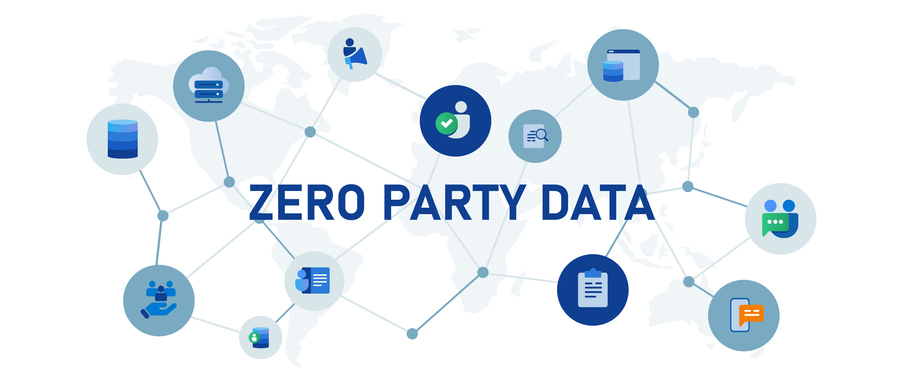One in three customers do not buy your complete range of products and services simply because they do not know you offer them! Are you and your business unknowingly part of this statistic?
A thought-provoking question, isn’t it?
Some say the problem is even worse, that it’s closer to two out of three. Of course it may be different if you have only one product or service, but just to put this in context, one well-known media company I coached in this area had just four products and services, yet their penetration rate of all four products into their customer base was just 1.27 per cent.
There was a caveat; when we profiled the customer base we discovered only 10 per cent were prime for all four products and services, but even so there were still phenomenal growth opportunities lying dormant in their existing customer base.
Let’s bring this idea to life. If I were coaching you and your team, one of the first exercises I’d ask you to complete would be to write down on a piece of paper, in five seconds, a number that equates to the total number of products and services your customers can buy from you.
In nearly 20 years of doing this exercise, the response – 99.9 per cent of the time – is the same: I have yet to find an organisation with more than 20 people and more than ten products and services where there is instant and unanimous agreement on the total numbers of products and services they offer.
If your team cannot quantify the precise number, who else can’t? Your customers!
The number one problem
The number one reason customers do not buy ALL of your products and services is that they simply don’t know you sell them. Now, while being a challenge this also offers one of your greatest opportunities for creating accelerated and sustained profitable growth. Could this be the case in your business?
A couple of questions to bring this idea to life; Have you ever come away from a customer meeting and thought, ‘I should have asked about . . .’?
Have you ever had a customer tell you they’ve bought a product or service from someone else, which they could have bought from you? How frustrating is this?
Are you missing sales (and cross-selling opportunities) of products and services, to current customers?
Do you have a process to educate and up-sell to customers your full value proposition of products and services?
If you answered yes to any of the first three questions and a resounding no to the fourth, then you’ll find enormous benefit in the Proposition Matrix…
The Proposition Matrix…
…Is your success formula that guarantees you and your people will consistently educate your customers on your full range of products and services, and it’s simple to put into practice.
This is how it works. Imagine a grid, a chessboard, like the one in Figure 1.1. On the vertical axis are all your customers and on the horizontal axis your products and services. All you do is colour in the meeting square where the customer currently buys your product or service.

The squares that remain uncoloured are your ‘acres of diamonds’, and through an ongoing process of educating and engaging with your customers on those open spaces, you can start to maximise and unlock the potential in your existing customer base. Education and engagement can be achieved through face-to-face contact, email marketing, direct mail and telesales, or any number of other media.
There are differing surveys, articles, and expert opinions on the frequency with which customers need to see or hear about your business in varying forms. However, the underlying message is the same: the process of education and engagement never stops.
Measures that matter: Penetration rates
It is fascinating when you start to measure the penetration rates of your products and services. There are three critical measures to focus on. First, the overall penetration of your products and services into your entire customer base; second, your penetration by product; and third, your penetration by customer (see Figure 1.2).
If you have a dedicated sales team, it is also fascinating to analyse performance by individual. All sales people have favourite products and services, which they prefer to sell. The Proposition Matrix is a great way of identifying skills gaps in knowledge and ability, and understanding which of your salespeople are best at selling which products and services.
 The benefits of the Proposition Matrix
The benefits of the Proposition Matrix
What if I told you one business I coached grew from £3 million to over £12 million in just two years by understanding its business better through the Proposition Matrix.
Or that a major media company with over 500,000 customers and just four products and services increased sales to existing customers by 227 per cent on one product line and 183 per cent on another in just six months.
What impact could the implementation of this strategy have on your business growth strategy?
Here are six immediate actions for you to personalise the Proposition Matrix for your business…
- Identify your list of customers and prioritise them on your matrix by classification band. Depending on the number of customers you have, you could have separate matrices for Platinum, Gold, Silver, and Bronze customers. This process will give you in-depth data to inform your market potential strategy for each customer profile.
- Have a separate matrix for new business, dormant, and prospective customers. Yes, the Proposition Matrix will work just as well for acquisition activity.
- Create your Matrix either in Excel or linked into your software/CRM system.
- Identify which customers have bought which products and services and design your education and engagement strategy to target the gaps (your acres of diamonds).
- Track the Measures that Matter in terms of overall penetration, by customer, and by individual product and service proposition.
- Keep great records of the increase in penetration rates, revenue and profits as you apply this idea in your business for accelerated, sustained and profitable business growth.
Royston Guest is author of Built to Grow, a blue print to help entrepreneurs, business owners and professionals understand and apply the guiding principles of accelerated, sustained and profitable business.




